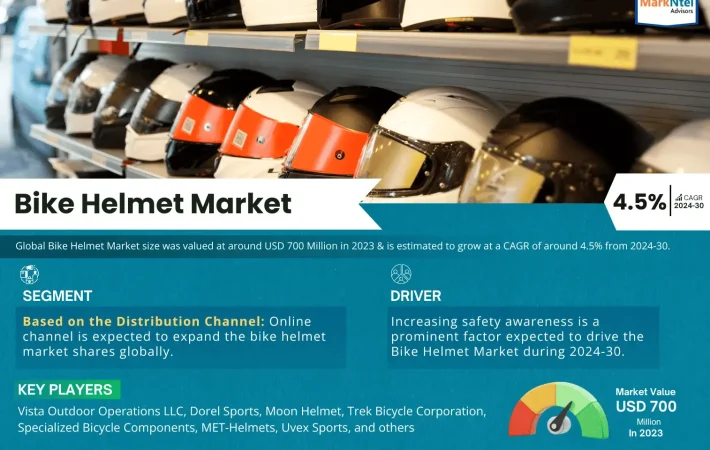Your tyres are literally what keeps you connected to the road. This sometimes vital single point of contact has a major influence on safety, handling, ride comfort and a lot more. The type of tyre you choose has a major impact on performance, especially over wet areas or snowy conditions. In the heat of tropical summer or the icy grip of snowy winter, the set of tyres your vehicle is equipped with can make all the difference to your driving pleasure and safety. Whether it is snow or rain, heat or ice, crossing a fast highway or wet grass, understanding exactly what tyres you should use and what you should pay special consideration to when making your decision is key. Fortunately, we have prepared a guide to help you find the right type of tyre for your vehicle.
1. All-Season Tires: A Versatile Option for Mild Climates
What Are They?
All-season tyres are built to keep you moving all round, day or year, except during extreme conditions such as slush or thick snow. Designed to service both normal driving conditions and light snow, they will give a better response under wet and dry weather. This is the most affordable and widely available type of tyre, offering a reasonable balance of performance, comfort and longevity.
Best For:
Mild climates: Where temperatures don’t reach extremes.
Year-round use: A good choice for drivers who experience mild seasonal changes in weather but no severe winters or severe heat.
Convenience: Ideal for those who prefer not to switch tires seasonally.
Limitations:
Without a doubt, all-seasons are a jack-of-all-trades tire: a compromise; not the best at anything, except just plain OK at almost everything. They just aren’t as good as specialised extreme-condition tires. In heavy snow or ice, an all-season won’t grip as well as a dedicated snow tyre with studs. Whereas extreme-condition tyres tend to fall apart in very hot conditions, all-season tires do wear out a little faster in hot weather.
2. Winter Tires: Essential for Snow and Ice
What Are They?
Winter tyres, also known as snow tyres, are made of a rubber compound especially designed to operate at cold temperatures on snow and ice. They also have deeper treads with specific patterns designed to give them better gripph on snow and ice.
Best For:
Cold climates: Where temperatures regularly drop below 45°F (7°C).
Snow and ice: Provide better grip, brake and handle better than any other tyre on snow and ice.
Safety: Essential for winter driving in regions with harsh winters.
Limitations:
Warm weather is not for Winter tires . Soft compound of rubber wears off quicker in higher temperatures . Being all noisy and not efficent , it is better to get back to all-season or summer tires when winter is over .
3. Summer Tires: High Performance in Warm Weather
What Are They?
Secondly, summer tyres are dedicated to performance in warm weather. They provide a greater grip on both dry and wet tarmac thanks to a rubber compound that provides the best possible traction at higher temperatures. The tread pattern – the sculpted grooves visible on the surface of a tyre – is more focused on handling and cornering stability.
Best For:
Warm climates: Where temperatures are consistently above 45°F (7°C).
Performance driving: Made for drivers who follow the handling, braking and cornering performance in wet and dry situations.
Dry roads: They excel in dry, warm conditions, providing enhanced traction and control.
Limitations:
Summer tyres are not for low temperatures. Rubber compound hardens at low temperatures, thus it reduces grip and increases likeliness of accidents. They are also not for snow or ice and in colder areas they should be used over winter tyres.
4. All-Terrain Tires: For Off-Road and On-Road Versatility
What Are They?
All-terrain, or AT, tyres feature a more aggressive tread pattern than all-season tyres so they grip better on loose surfaces than the stubby tread found on regular all-seasons. AT tyres are suitable for those who frequently drive on- and off-road.
Best For:
Mixed driving: Ideal for drivers who spend time both on highways and off-road.
SUVs and trucks: Typically found on the undersides of vehicles that need larger tyres, greater suspension clearance and extra durability for off-roading.
A chip seal, which combines liquid in a polymer with larger stones that embed and thermal bond Unfortunately, variable terrain is the one feature of a road’s surface that we can never fully model. That’s because variable terrain actually encompasses a whole continuum of possible road conditions, from bone-dry pavement to slippery rocky trails.
Limitations:
They’re slightly noisier and less fuel-efficient on the pavement than all-season or summer tyres and might wear faster if you use them in ‘stop and go’ highway driving. And while they can take on some light snow, they don’t match up to winter tyres in heavy snow or icy driving conditions.
5. Mud-Terrain Tires: For Serious Off-Roading
What Are They?
Mud-terrain (MT) tires, by contrast, are built for ultimate off-road driving or rock-crawling applications. MT tires have extremely aggressive off-road tread patterns and large blocks with deep voids, and their dangerously aggressive tread deforms and digs into loose, wet, or rocky surfaces for maximum traction.
Best For:
Serious off-roading: Ideal for drivers who frequently tackle challenging off-road trails.
Rough terrain: Perfect for mud, sand, and rocky environments where maximum traction is required.
Heavy-duty vehicles: Typically used on trucks and SUVs built for rugged outdoor activities.
Limitations:
They might be fine for the road, but mud-terrain tyres are not meant for daily on-pavement travel. They can be loud, provide a harsh ride quality and wear out quickly, so they are best saved for vehicles that see consistent off-pavement use.
6. Performance Tires: For High-Speed Stability and Precision
What Are They?
Performance tires are designed for high-speed driving and are often found on sports cars, muscle cars, or other high-performance vehicles. Performance tires are generally made from a soft rubber compound which offers excellent grip which correlates with excellent handling. Their tread patterns are shaped in a way that maximises contact with the road to provide superior cornering and braking.
Best For:
Sports cars and high-performance vehicles: Designed to handle the demands of high-speed driving.
On wet and dry roads: Good grip and handling, excellent in warm climates.
Enthusiast drivers: Ideal for those who prioritize driving precision and responsiveness.
Limitations:
However unlike the other two both of them wear and tear are rapid if you don’t drive the car in a proper manner. Furthermore they are higher in price in comparison with all season tires and also don’t use them in cold weather as well as there obstruction in winter.
Choosing the Right Tires: Key Considerations
When trying to choose the right tire for your car, the following points should help you decide.
1. Know the purpose – will it be used to travel on tarmac or off-road?
2. If it is an all terrain type, but will never go off-road, then it is overkill.
3. Knowing the weight of your car is important.
4. Tires designed for expensive cars are usually also the most expensive ones due to the extra refinement involved.
Climate: Due to your climate, you have to consider the season that you usually have extreme weather. If you have a severe winter, winter tires are a must; in warm regions, you need summer or all-season tires.
Driving Style: Consider the way and where you drive. If you mostly stay on the highway, all-season or performance tyres might be right for you. If you frequently make off-road trips, all-terrain or mud-terrain are better choices.
Vehicle Type: What you drive will determine the type of tyre that’s best for your vehicle. Sports cars are better equipped with performance tyres, while SUVs and trucks will likely do better on all-terrain or mud-terrain tyres instead.
Budget: tires can be found at a whole range of prices, so decide where to get the best combination of performance and value. While it might seem tempting to take the cheapest option in the short run, this could work out more expensive in the end, as poor quality tires can cause more wear on your suspension and might lead to more safety issues.
Caution: Always consult your vehicle’s owner’s manual to make sure that the tires you choose are approved for your vehicle by the original manufacturer, or ask a professional to verify the manufacturer’s specifications; PER-4575
Conclusion
In order to maximise safety, performance and longevity, it is important to choose the right tyres for the different times of year. Hence, it’s crucial to know the variety of options available in the tyre market, such as all-season, winter, summer, all-terrain, mud-terrain and performance tyres. Knowing how to choose the right tires will ensure a safe and comfortable road experience, regardless of what the weather brings.







Leave a comment
Your email address will not be published. Required fields are marked *